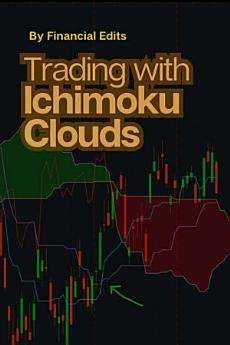Trading with Ichimoku Cloud System
About this ebook
Chapter 1. Historical Background on Ichimoku Clouds
Chapter 2. The Components of Ichimoku Clouds: Defining Key Elements
Chapter 3. Interpreting Ichimoku Signals: Visual Patterns and Strategies
Chapter 4. Analyzing Price Trends: The Tenkan-sen and Kijun-sen Lines
Chapter 5. Mastering the Senkou Span A: Its Role and Implications
Chapter 6. Unlocking the Secrets of Senkou Span B: Historical Price Analysis
Chapter 7. Navigating the Kumo: Understanding the Ichimoku Cloud
Chapter 8. Chikou Span: The Lagging Line and Its Relevance
Chapter 9. Timeframes and Ichimoku: Choosing the Right Period for Analysis
Chapter 10. Trading Setups: Identifying High-Probability Opportunities
Chapter 11. Risk Management: Position Sizing and Stop-Loss Techniques
Chapter 12. Combining Ichimoku with Other Technical Indicators
Chapter 13. Sentiment Analysis and Ichimoku Clouds: Gauging Market Moods
Chapter 14. Ichimoku Clouds and Support/Resistance Zones: Confluence Points
Chapter 15. Analyzing Breakouts and Reversals: Ichimoku Strategies
Chapter 16. Integrating Fundamental Analysis with Ichimoku Clouds
Chapter 17. Algorithmic Trading and Ichimoku Clouds: Building Automated Systems
Chapter 18. Adapting Ichimoku Clouds for Different Market Conditions
Chapter 19. Case Studies: Successes and Failures in Ichimoku Trading
Ratings and reviews
- Flag inappropriate








